Being A Successful Goalkeeper: The Art Of Goalkeeping Continued
Dan Gaspar is a world-class goalkeeping coach. Literally. Gaspar has coached all over the world and developed goalkeepers for three National Teams.
Read DAN GASPAR ON HOW TO BE A GREAT GOALKEEPER – PART I
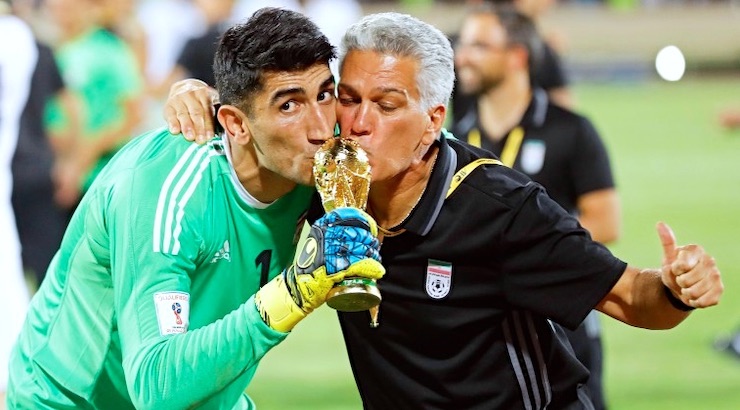
In the first part of this series, Dan Gaspar discusses what it
Helping nations develop their goalkeepers has been an avocation for Gaspar who has trained national goalkeepers for three FIFA World Cups.
Recognized as a leader in goalkeeping development and education, Gaspar’s innovative methodology has been applied all over the world. As a star goalkeeper coach who has recently left the Iran National Team as Assistant Coach, and Goalkeeper Coach, Gaspar has helped many nations prepare to battle across the white lines. The founder of Star Goalkeeper Academy in America is also interested in helping the next generation of goalkeepers craft their talents. Here is his advice for goalkeepers of all ages.
Goalkeepers are the last line of
defense . The unsung heroes of the pitch.
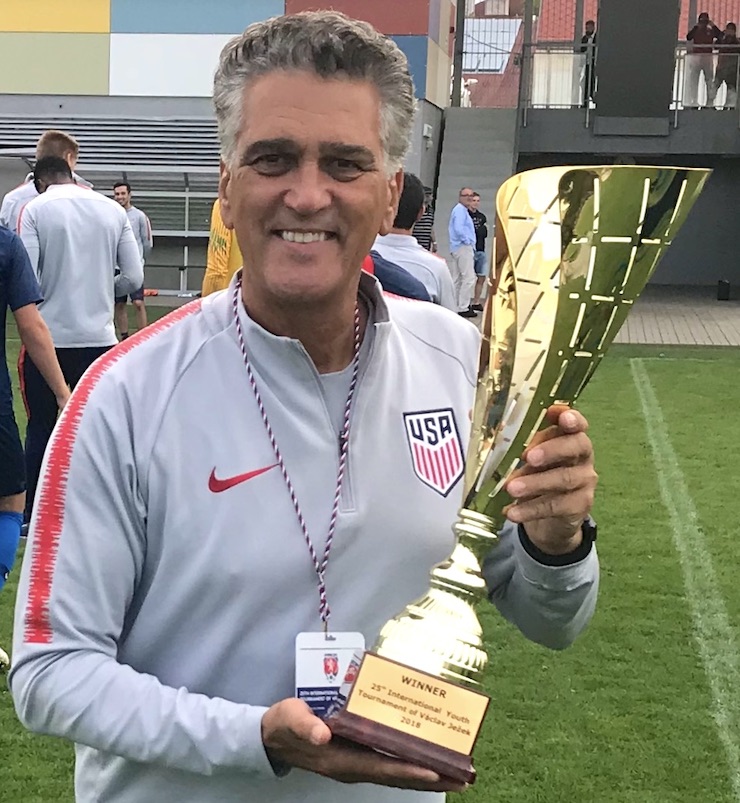
Goalkeepers have to be better as they are the first line of attack and the last line of defense.
Here is the second part of SoccerToday’s news series on Being A Successful Goalkeeper.
SoccerToday Interview with Dan Gaspar
How To Be A Successful Goalkeeper: Who Are Goalkeepers?
Diane Scavuzzo: What is the Art of Goalkeeping?
Dan Gaspar: Goalkeepers have to better playing their position than field players because they are the last line of
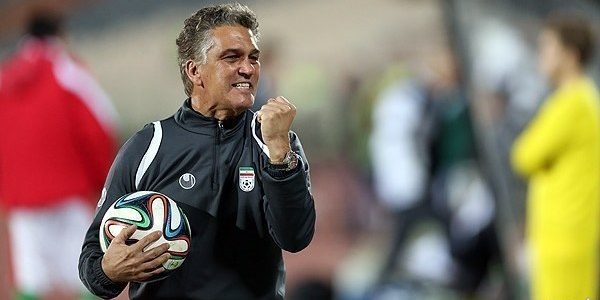
Goalkeepers need to have cotton hands, soft hands, absorb the impact, capture the ball, and terminate the scoring threat, one-touch goalkeeping, Velcro hands, entire body catch, and swallowing the ball with the body.
Goalkeepers must develop beyond the stage of being just shot blockers to becoming shot terminators.
They must be able stop the scoring threat and finish the save.
Hand People: There are three types of people who work with their hands
- People who build and move things using their hands
- People who use their hands and minds to create things
- People who use their hands, minds, and hearts. These people are called goalkeepers!
Goalkeepers use their hands to control the ball and to communicate, their minds to make challenging decisions, and their hearts to express their passion for the art of goalkeeping!
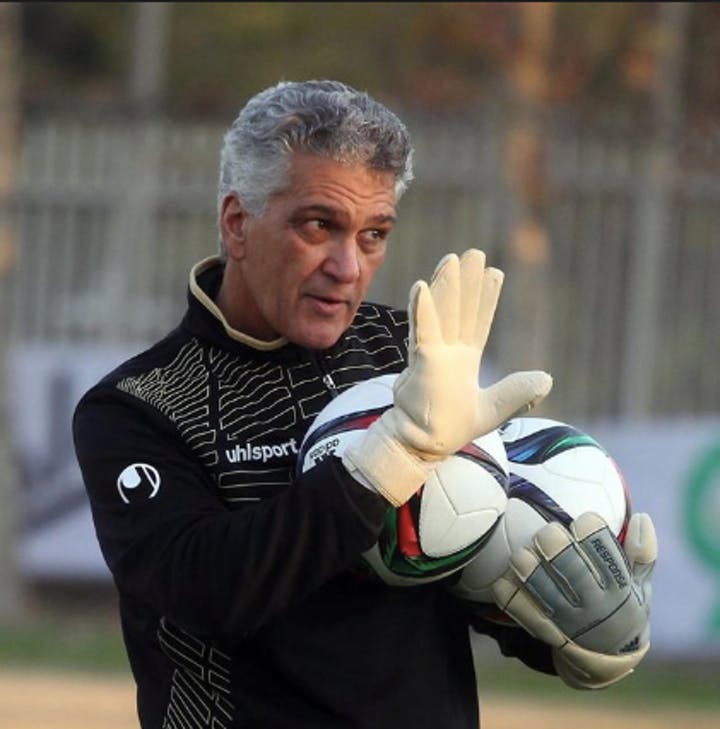
As I have said before, g
Goalkeepers are not better than anyone else, but they are very special and unique people.
Diane Scavuzzo: In Part I of HOW TO BE A GREAT GOALKEEPER, you started discussing the important tactical aspects of being a successful goalkeeper. What additional information did you want to share?
Dan Gaspar: There is a lot of important tactical information I want to share, especially on Angle Play.
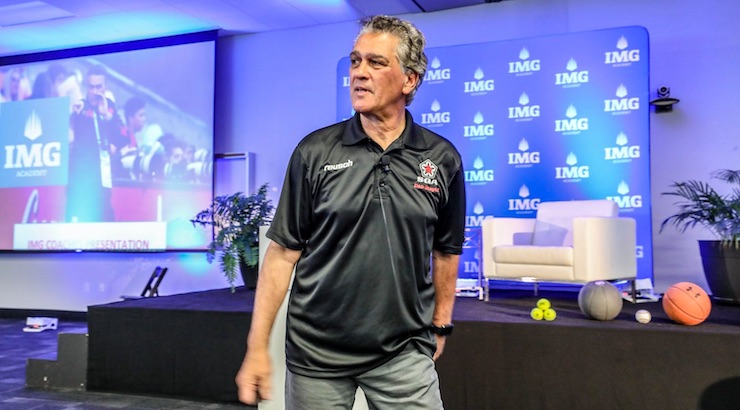
Here is A Comprehensive Guide to the Important Tactical Aspects of a Successful Goalkeeper
Obviously the keeper is concerned with left and right, the near post and the far post. They also must be concerned with balls kicked above their head.
Angle Play is three-dimensional.
Additional factors that influence how far the goalkeeper should come off the goal-line include the following: their physical abilities, their physical dimensions, the speed that the attacker is coming toward the goal, the likely speed of the shot; the likely direction of the ball (near post, far post, high or low), the likely flight path of the ball, rising, falling, or looping, and the condition of the field as far as ability to change positions is concerned.
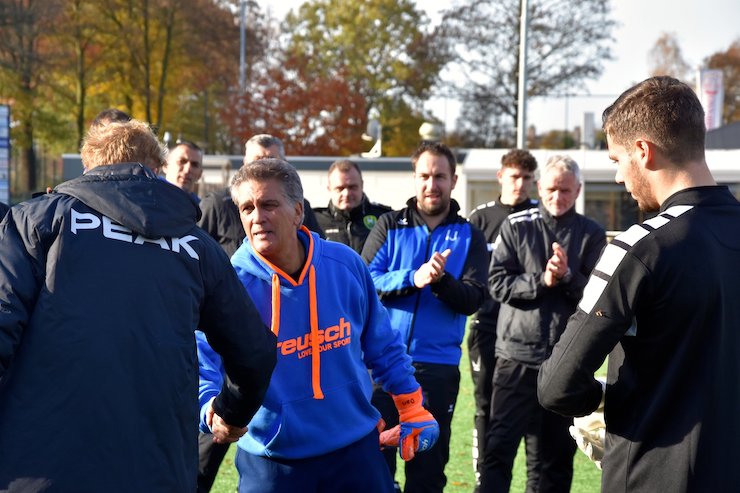
The first priority in angle play positioning is to protect the near post.
The ball has a shorter distance to travel and its speed will be greater.
Star Goalkeeper Academy Tip: Two hands to the near post, one hand to the far post.
Why? Because the goalkeeper is more vulnerable near post, he/she must position themselves to be able to get two hands on any ball struck to the near post even if that means that they can only get one hand on a ball struck to the far post.
If a goalkeeper is conceding goals to the near post, more than likely it is the result of poor positioning.
The best goalkeepers determine their positioning by their reading of the game and their anticipation of what is most likely to happen next.
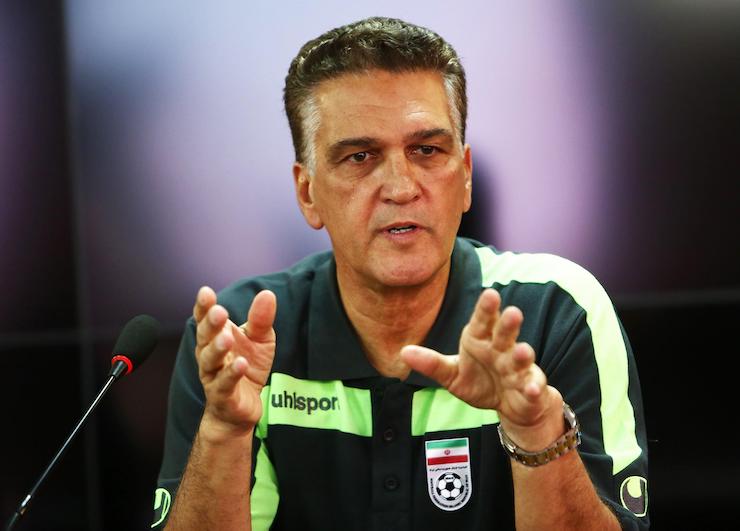
Their experience helps them constantly evaluate all the factors mentioned above and determine the optimal position on the field at any point in time. Then their athleticism and movement skills help get them there.
In angle play, the goalkeeper must constantly position himself or herself so that the flighted ball will split them in half, sending half to the near post and
This straight line between the keeper and the ball is called the ball line.
The Goalkeeper Dance:
When the ball is in motion, the goalkeeper is in motion. When the ball is stationary, the goalkeeper is stationary.
The motion of the keeper should be harmonious and in synch with the movement of the ball. Assuming that the attacker with the ball is marked, the further the ball is from the goal, the further the keeper is from the goal line. The closer the ball to the goal, the closer the keeper is to his/her goal line.
When the ball is in motion, the goalkeeper is in motion. When the ball is stationary, the goalkeeper is stationary.

For the purposes of angle
The reason the near post is the fast post is that the ball gets there quicker.
It’s moving faster and has less distance to travel. We want to invite the shooter to shoot for the far post. We hope that our defenders may be able to recover in time to assist us on far post shots. Therefore, our positioning will usually
One of the best aids in helping goalkeepers visualize correct angle play is the rope. Tie each end of the rope to each of the posts and then stretch it out to the point where the ball lies. The rope now delineates the widest possible ball paths that can result in a goal. As the position of the ball moves, the rope can be moved to continue to outline the shot cone.
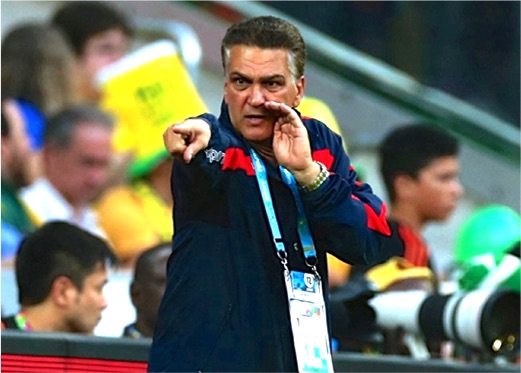
The player must move forward so that a dive in either direction will allow their hand(s) to extend to either boundary of the shot cone. This would mean that a smaller player would have to move out further than a tall player. While this does make the small player more vulnerable to chip shots, those are among the most difficult to execute, especially on the move.
The rope as a training aid is also valuable in teaching the correct angle to make the dive.
Many goalkeepers assume that their dive should be parallel to the goal line. Others believe that the dive should be somewhat forward.
Star Goalkeeper Tip: The most effective direction to dive to deny the greatest number of shots is perpendicular to the rope line, that is, the outer edge of the shot fan.
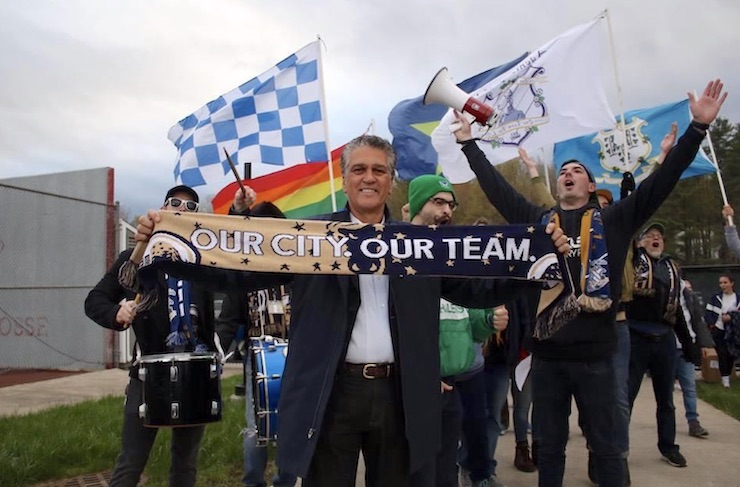
The goal is, of course, stationary and fixed in its’ dimensions. However, simply as a result of a goalkeepers accurate positioning, the goal can be made to appear to a shooter to be much smaller than it really is. Especially at the higher levels of play, a correct position can often be measured in inches.
There are approximately 360 non-overlapping paths that a ball can travel and go between the goal posts. It is the goalkeeper’s job to deny as many of these as possible to the shooter.
Diane Scavuzzo: What is one of your favorite sayings?
Dan Gaspar: To be a successful goalkeeper, you must realize your role.
Goalkeepers are the last line of
defense – and the first line of attack.
Read DAN GASPAR ON HOW TO BE A GREAT GOALKEEPER – PART I
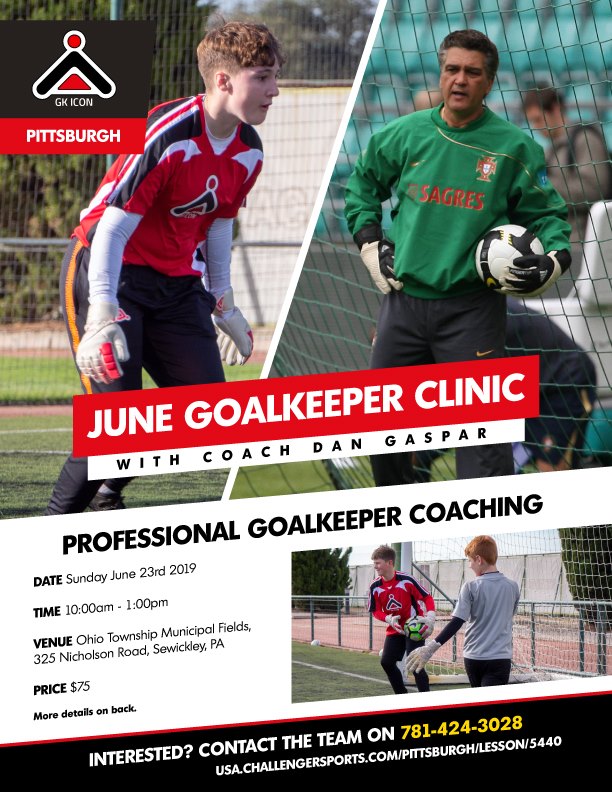
For more information, please visit the SGA website.





